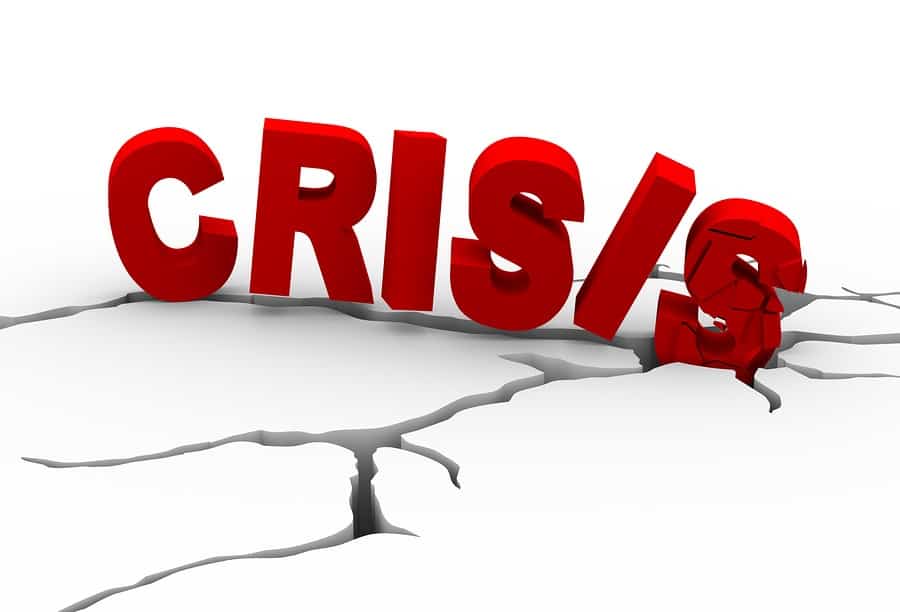By Bill Coletti, CEO, Kith
So far in this four-part series on crisis planning and managing reputational risks, we have presented:
- 3 Reputational Risk Categories: A New Framework for Crisis Planning in the Food in Agricultural Industry
- How to Manage Preventable Reputational Risks
- How to Manage Strategic Reputational Risks.
We’ll conclude this series with an in-depth look at how to manage external reputational risks.
Many people have written a number of excellent books and blog posts on this particular topic of external risks here, here and here, so what we’re going to do in this article is to hone in on the impact of these risks for the agribusiness and food industry.
For the most part, these risks cut across all companies almost equally.
What are external risks?
External threats are threats that are external to a business.
These events are out of your control and happen “to” you.
The external reputational threat is that a company’s brand will suffer (e.g., people perceive that your restaurant, campus or food is “unsafe”), which then impacts a company’s bottom line.
General examples of external risks would be an active shooter entering a large restaurant chain and holding people hostage, a hurricane that rips through a company’s facilities or a new, unknown bacteria (e.g. Mad Cow disease) infects the supply chain.
Unfortunately, there is little companies can do to control these types of scenarios from taking place, but they can be prepared to respond effectively in order to protect the brand and the public’s perception of them.
Industry examples: agriculture and food
For agribusiness specifically, these are events that interrupt the natural supply chain.
As business-to-business suppliers and providers, these are the events that you just can’t predict—they’re external to what you do and they change the way you do business.
For example, in the beef industry, an external risk could be a significant weather event—either a long-term drought, near-term flooding or immediate-term flooding.
These events will significantly impact the way the herd (the community) is managed and will have an impact on a company’s long-term reputation because it directly relates to the company’s ability to meet its supply chain needs.
Another example is Luby’s restaurants.
Luby’s restaurants in Texas experience the largest mass casualty active shooter situation. (at the time – now tragically superseded by the event of Orlando in June 2016)
While Luby’s handled the situation appropriately, the event had a significant and critically important impact on Luby’s brand. The case impacted the food industry considerably because restaurants are where a lot of people congregate.
These are two good examples of external reputational risks through supply chain disruption—natural disasters and retail violence.
Overcoming the challenges
In all of these external risks, customers, communities, and the critics will give companies the benefit of the doubt and give them a second chance.
And so for a company whose supply chain is impacted by a natural disaster (or something completely outside of their control), the company’s partners and their customers are willing to give the affected company the benefit of the doubt.
Managing external risk centers around two ideas:
- Fixing the problem quickly and getting back to normal
- Being a part of the herd
#1: Fixing the problem quickly and getting back to normal
Companies need to solve the problem as fast as they can and get to resolution as soon as possible.
There are competing companies that will try to fill in the gap because it didn’t affect their part of the country (in the case of a natural disaster or drought).
The issue didn’t affect a competitor’s part of the country so therefore, a competitor’s supply chain is not interrupted. This is a unique challenge, based on geography of where people are located.
While consumers will give that company a second chance, the company has to demonstrate that it’s getting back to normal as fast as it can and that it’s managing the solution efficiently.
If it requires you to bring in generators to turn on your power plant, to turn on your lights—do that.
If you have to rapidly give your workers extra time, overtime in order to fix things, you should just do that, too.
#2: Being a part of the herd
The key step in dealing with external risks is to admit the problem and say, “Yes, this tragic event happened and we are not the only one that this has happened to. This has happened to a lot of people.”
Being a part of the herd is really an important part of the messaging strategy—that we’re not the only ones impacted by this.
Think about this in a broader context; think about it from a community context.
Summary
There’s been a lot written about external risks but what’s most important is that you do not have to be exhaustive with the various permutations of what could go wrong.
There are natural disasters, there are sort of force majeure events, and there are events that are crime related—violence, embezzlement, a data breach, etc.
What’s at stake is your reputation.
The key takeaway is that you don’t need to be exhaustive with a plan for each external risk
Rather, what you need to focus on is who are you (what your philosophy is as an organization) and two actions:
- Getting back to normal as fast as you can, and
- Spending the resources necessary to do that
The goal in an external situation is to get back to business and get back to doing what you do best as quickly as possible while realizing that you’re not alone in your situation.
Check out other critical moment insights for smart people in our blog archive.



